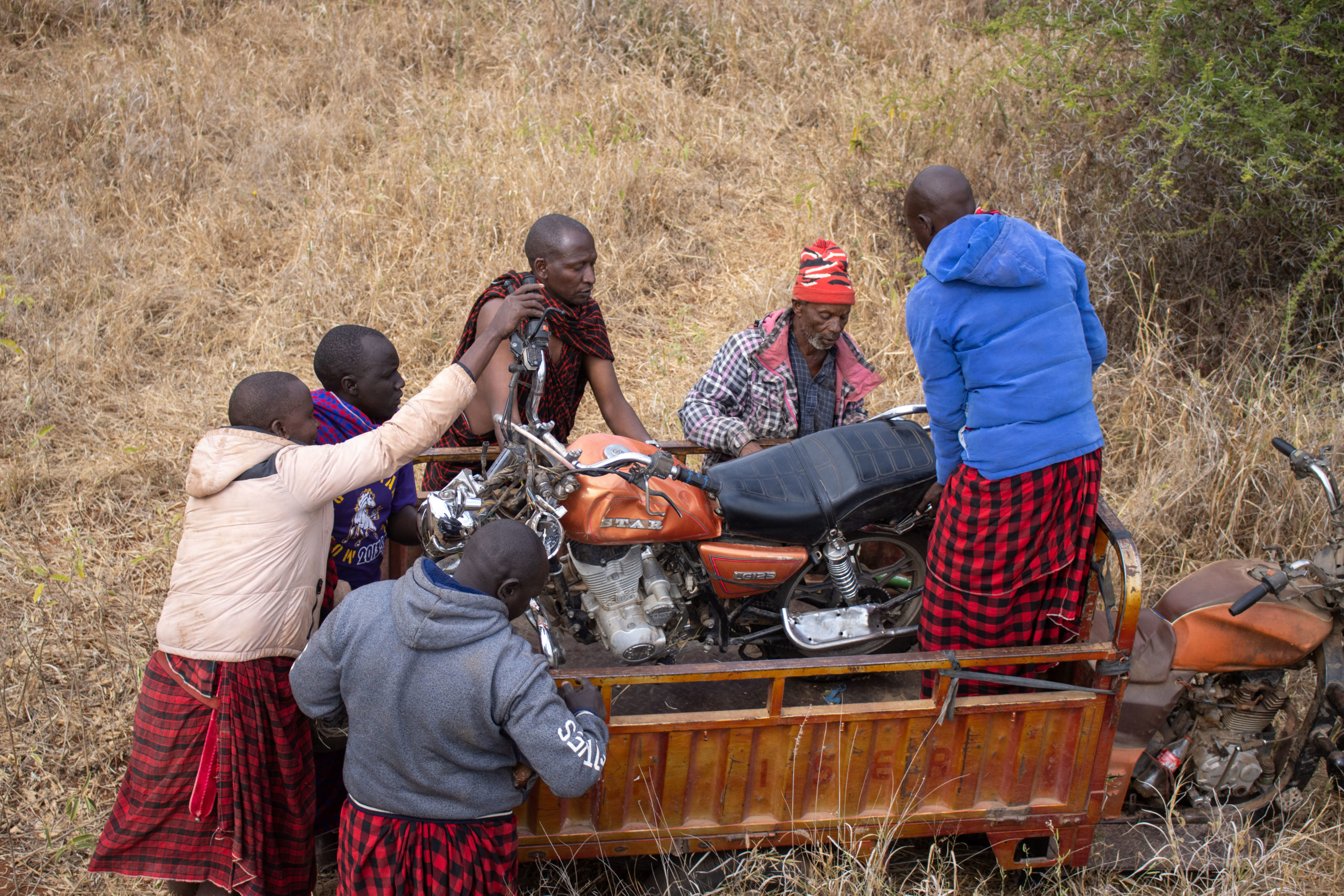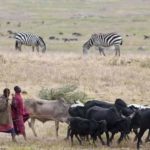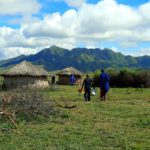The land induced conflict between Maasai pastoralists of Kimotorok Village, Simanjiro District, in Manyara Region, on one hand and wardens of Mkungunero Game Reserve on the other has been raging on for years. On July 4, 2021 the wardens captured 135 cattle belonging to the Maasai and drove them away deeper into the preserved area.
Manyara Regional Commissioner, Makongoro Nyerere, told the press that he is aware of the conflict. He said, “I asked them to release the animals as we address the conflict.” Livestock were indeed released. However 30 motorbikes belonging to herders were destroyed.
Kimotorok Village lies in southern Simanjiro District adjacent to Kondoa and Kiteto Districts. The village is also bordering the Tarangire National Park to its West as well as the Mkungunero Game Reserve to the West and Southwest. It was formerly part of the Loibor Siret Village, Kiteto, then Simanjiro, District. A land induced conflict has been going on in this village of the Maasai for decades. The source of the conflict is gazettement of Mkungunero Game Reserve and demarcation of its boundaries; and the demarcation or redefinition of the Tarangire National Park boundaries. Both of these have had the effect of taking a large proportion of the Kimotorok village lands which were residence and pastures.
Establishment of the Mkungunero Game Reserve in place of Mkungunero Game Controlled Area is one major source of the conflict. This Game Reserve was established within Kondoa District. A great part of its wildlife is to be found within Simanjiro and Kiteto Districts. The establishment of this game reserve in October 1996 exerted pressure on Kimotorok Village. (See Government Notice 307 of 1996.)
It follows, therefore, that rules and regulations governing game reserves became applicable to that part of land that became part of the Mkungunero Game Reserve.
The ill-feted village is at the same time locked in another serious conflict with yet another protected area; Tarangire National Park. In 2004 that Tarangire National Park commenced a process of defining its boundaries. The task was given to surveyors from the Ministry of Lands and from Simanjiro, Kiteto, Babati and Arusha. The result of this survey was to push the national park boundary to the area currently in the management of the village council.
The new National Park boundary took even those developments that were built by itself as part of the Good neighborhood scheme. The village, therefore, has been struggling against two major state run institutions; Tarangire National Park and Mkungureno Game Reserve.
[i] https://www.youtube.com/watch?v=P4YCNyujA2Q Assed on July 19, 2021.
There are several sets of legislation that affect Kimotorok both as a village and as a game controlled area bordering a national park and a game reserve. It is established under the Local Government (District Authorities) Act, 1982. This is the law that succeeded the repealed Villages and Ujamaa Villages Act, 1975. Under that law every village is registered and is given a geographical area that must not transcend two different District Authorities. The law does define boundaries and vests them in the village. It is upon the village to use its land as it suits the development activities of that village. The second legislation is Land Act and Village Land Act, 1999. They define village land as ”the land declared to be village land in accordance with section 4 of the Land Act, 1999.” Section 4 divide land into three groups, general, village and reserved land. It further states,
4 (3) Every person lawfully occupying land, whether under a right of occupancy, wherever that right of occupancy was granted, or deemed to have been granted or under customary tenure, occupy an ha always occupied that land, the occupation of such land shall be deemed to be property and include the use of land from time to time for depasturing stock under customary tenure.
The Land Act and the Village land Act, further, provide mechanisms of land ownership and its disposition. Where land acquisition is an issue, a different legislation, The Land Acquisition Act, 1965, comes to play. This legislation provide for compensation for unexhausted improvement where the President deems it fit for him to acquire a piece of land. There is also the Land Registration Ordinance, Cap 334 that, together with the Land Act, 1999, governs registration and disposition of land.
Besides the above, there are other pieces of legislation that regulate what takes place in the village. National parks are governed by the National Parks Ordinance, 1959. Unlike the game controlled areas, human settlement is prohibited within a national park. Under the Ordinance, human settlement and related activities have been deregulated to the extent that no one can claim a right of occupancy, be it granted or customary within the national Park. Section 14 of the ordinance provides,
14(1) Subject to the provision of section 15, it shall not be lawful for any person other than the trustees and the officers and servants of the trustees, or: a public officer on duty within the National Park and his servants to enter or be within a national Park except under and in accordance with a permit on that behalf issued under regulations made under this ordinance.
It is not possible, therefore, for a village to claim or use land for whatever purpose, within a national park.
Game reserves are still governed by the Wildlife Conservation Act, 1974. Part three of the Act provides that human settlement and activity are regulated but not prohibited in a game reserve. However, experiences show that once an area is declared a game reserve, the regulation of human activities and settlement become more pronounced.




